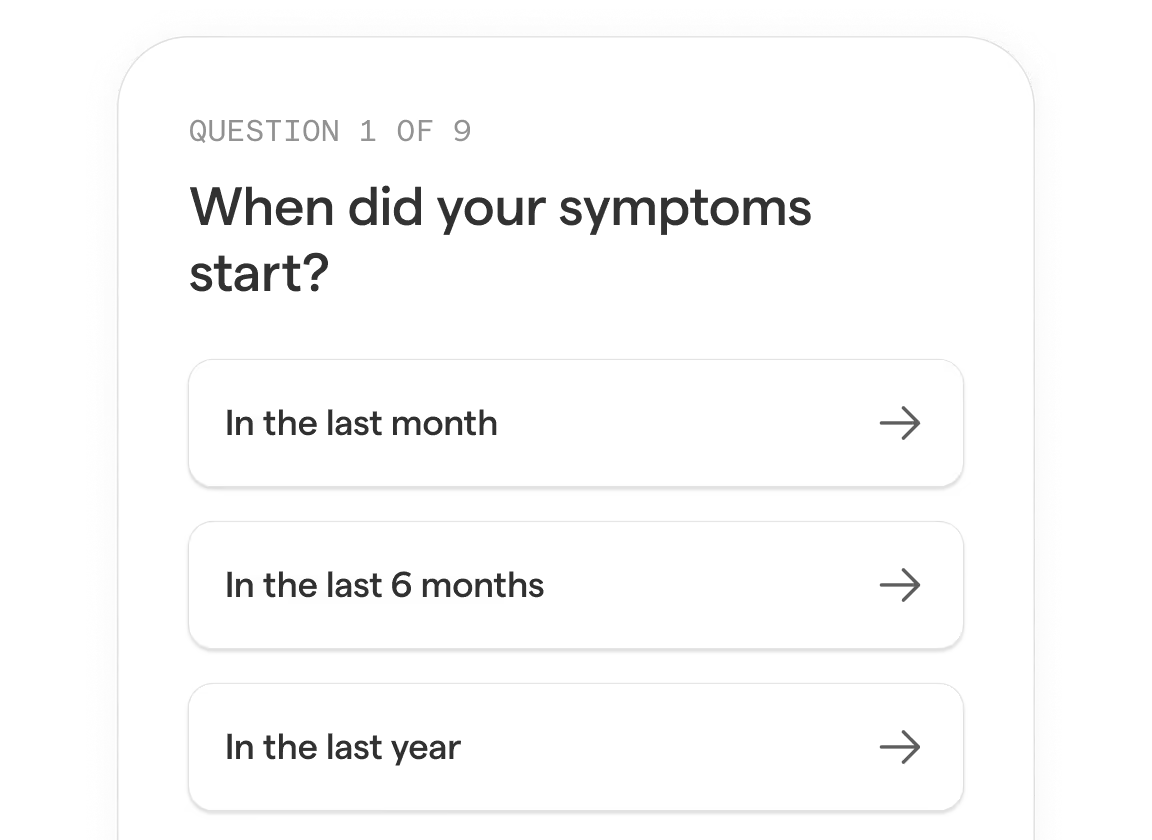Saxenda® (liraglutide injection) is used for chronic weight management in addition to reduced calorie diet and increased physical activity in adults aged 18 and above who have either:
BMI of 30 or greater (obesity), or
BMI of 27-30 (overweight) in the presence of at least one weight-related comorbidity and who have failed a previous weight management intervention.
For more resources, including a full list of the risks and benefits of Saxenda, please review the product monograph.
What is Saxenda® used to treat?
Saxenda is to be injected one time each day, at any time during the day.
Saxenda injections are taken subcutaneously (under the skin). It should not be injected into veins or muscle tissue.
The best places to inject Saxenda are on the front of the thighs, the front of the waist (abdomen), and on the upper arms.
If you have any questions about how to use your Saxenda injections, be sure to talk to your healthcare practitioner from Felix. They’ll be able to give you any guidance you need to use your medication safely and effectively.
How long does Saxenda® last after you take it?
he most common side effects that occur when taking Saxenda include:
- Nausea
- Vomiting
- Diarrhea
- Hypoglycemia
- Gastroenteritis
- Dizziness
- Fever (pyrexia)
- Abdominal discomfort
- Constipation
- Dyslipidemia
- Fatigue
- Cough
- Depression
- Indigestion (dyspepsia)
- Pain in the extremities
- Pain at the injection site
- Flatulence
- Increased blood creatine kinase
- Increased lipase
- Rash
If you start to experience any severe side effects, be sure to talk to your practitioner from Felix right away. They may be able to suggest alternative medications that may work better for you.
In addition to this, as with any medications, Saxenda may have drug interactions with other treatments or prescription medications that you may be using.
That’s why it’s essential to always let your practitioner know any and all other medications you’re using to avoid these potential negative Saxenda drug interactions.
While there are many patients who can take Saxenda injections, there are a number of people who shouldn’t use Saxenda, including:
- People under the age of 12
- People over the age of 65
- People with a history or a family history of medullary thyroid carcinoma
- People with a history of Multiple Endocrine Neoplasia syndrome type 2 (MEN 2)
- People who are allergic to liraglutide or any other ingredients in Saxenda
- People who are pregnant or breastfeeding
- People who are taking insulin
In addition to these concerns, there are some other conditions that patients should be cautious about, when using Saxenda. These include:
- People with heart palpitations
- People who experience severe pain in their upper abdomen when taking Saxenda
- People with depression or suicidal thoughts
- People with severe heart failure
- People who have ever had a heart attack
- People with unstable angina
- People with issues that involve the heart beating too fast (tachyarrhythmia) or a conduction disorder
- People with the symptoms of pancreatitis
- People with liver or kidney problems
- People with issues digesting food or emptying their stomach (gastroparesis)
- People with severe vomiting, diarrhea, or dehydration
If you believe that any of these conditions apply to you, be sure to talk to your healthcare practitioner at Felix, before requesting Saxenda.
Saxenda’s Role in Weight Management
Saxenda® helps adults who have obesity, or who are overweight who also have weight related medical problems lose weight and keep the weight off. Saxenda® should be used with a reduced calorie diet and increased physical activity.
Liraglutide, the active ingredient in Saxenda, is an acylated human glucagon-like peptide-1 (GLP-1) receptor agonist.
GLP-1 is a physiological regulator of appetite and food intake, and the GLP-1 receptor is present in several areas of the brain involved in appetite regulation.
Conditions Treated by Saxenda
Primarily, Saxenda is used as a weight management treatment in adults with a Body Mass Index (BMI) of 30 or greater. In some cases, Saxenda is also used for patients with a BMI between 27 and 30 when these people are experiencing weight-related health conditions.
Less frequently, Saxenda can be used as a weight management treatment in adolescents between the ages of 12-18, who are struggling with weight management using diet and physical activity alone.
It’s important to note that no one should use Saxenda, unless it’s been prescribed by a licensed healthcare practitioner, like the ones at Felix.
Can I drink alcohol while taking Saxenda?
There are currently no known direct interactions between Saxenda and alcohol consumption. This means, you can safely combine responsible levels of alcohol consumption with your regular Saxenda injections, without fear of contraindications. However, some patients may find that they have less of a desire to consume alcohol, once the effects of their Saxenda prescription are fully functional.
If you’re concerned that your alcohol consumption may be impacting your treatment plan, talk to your healthcare practitioner at Felix. They will be able to offer any additional information, guidance, or suggestions that you can use to improve your lifestyle habits.
Further reading










